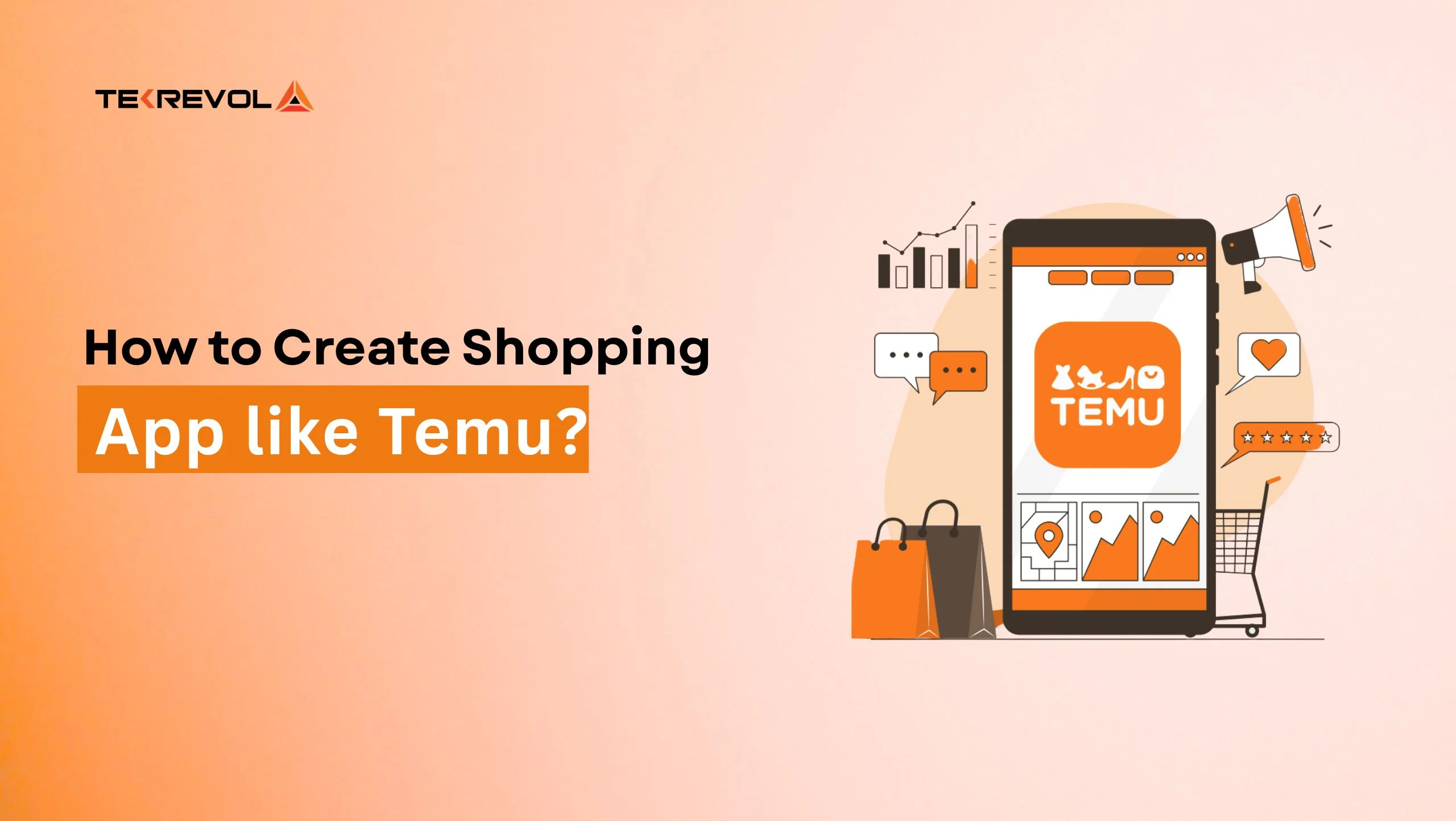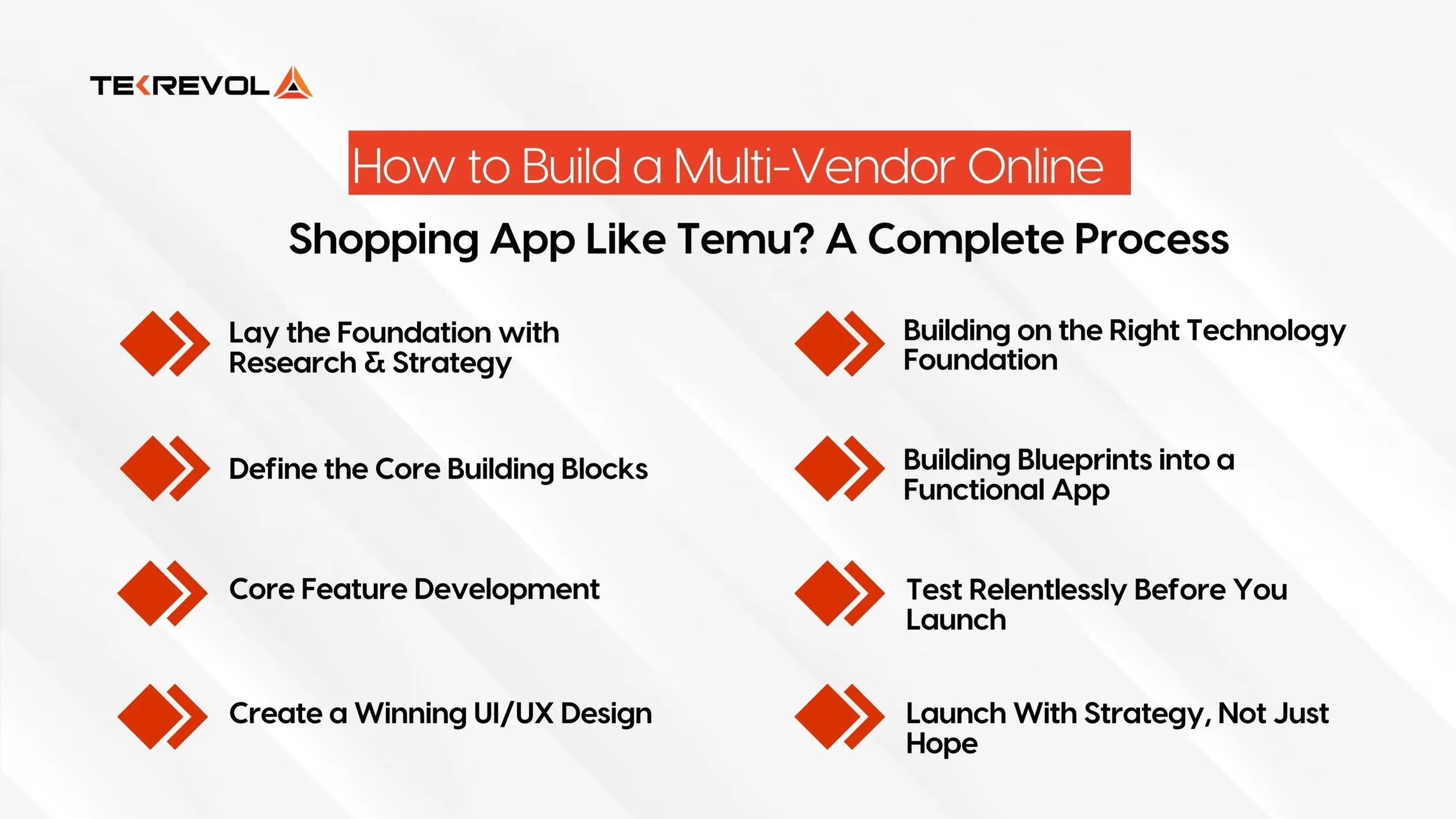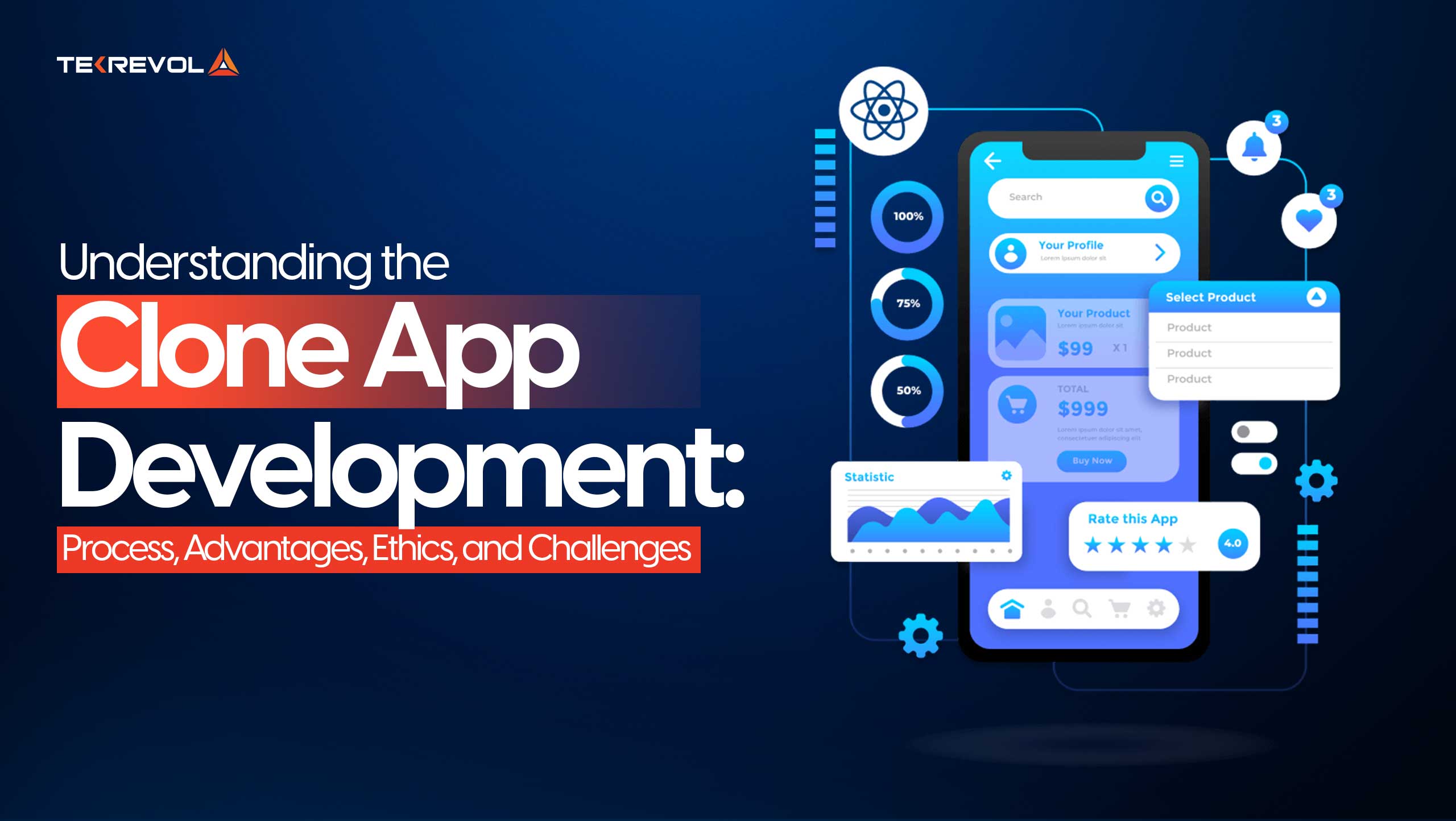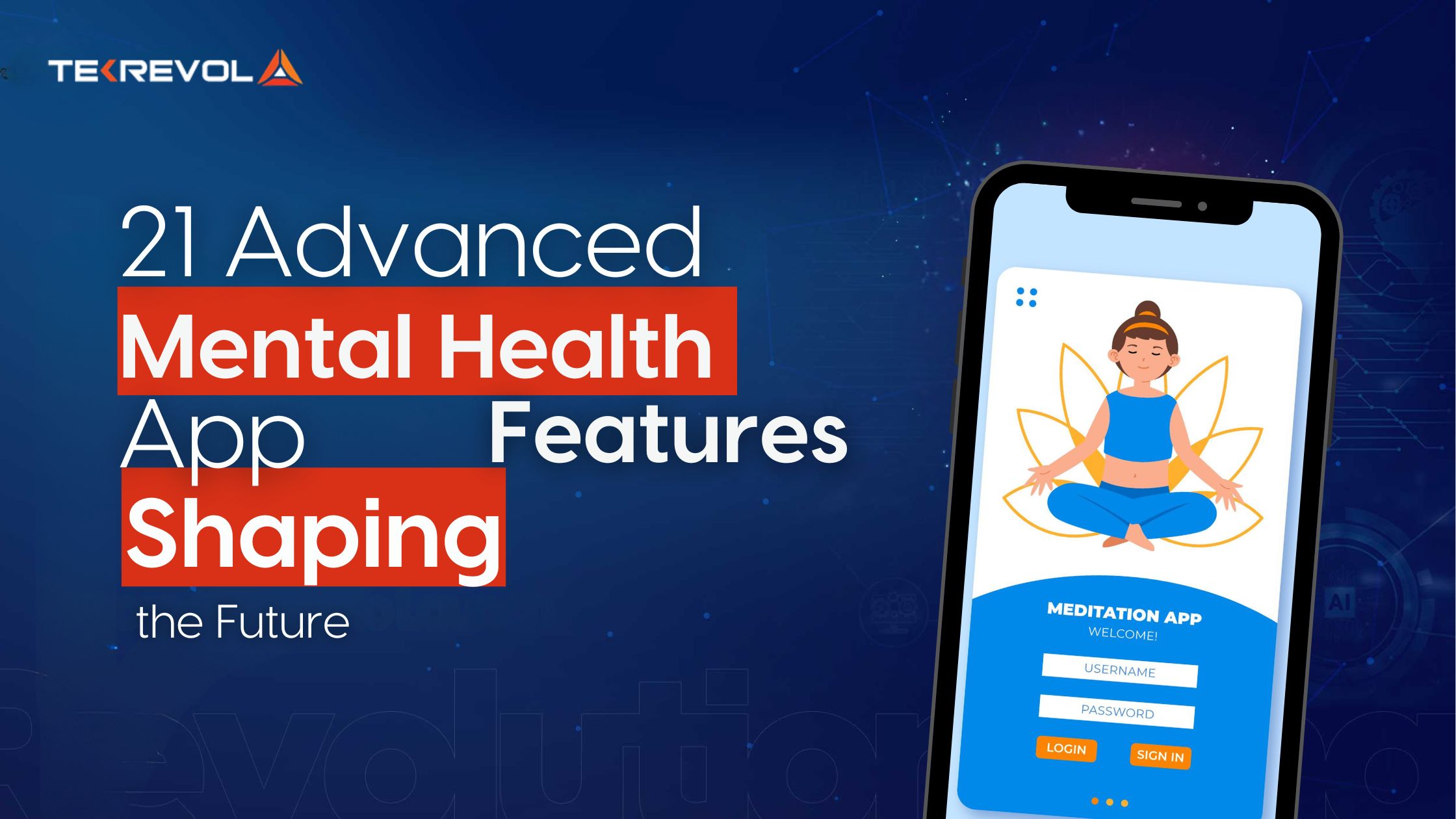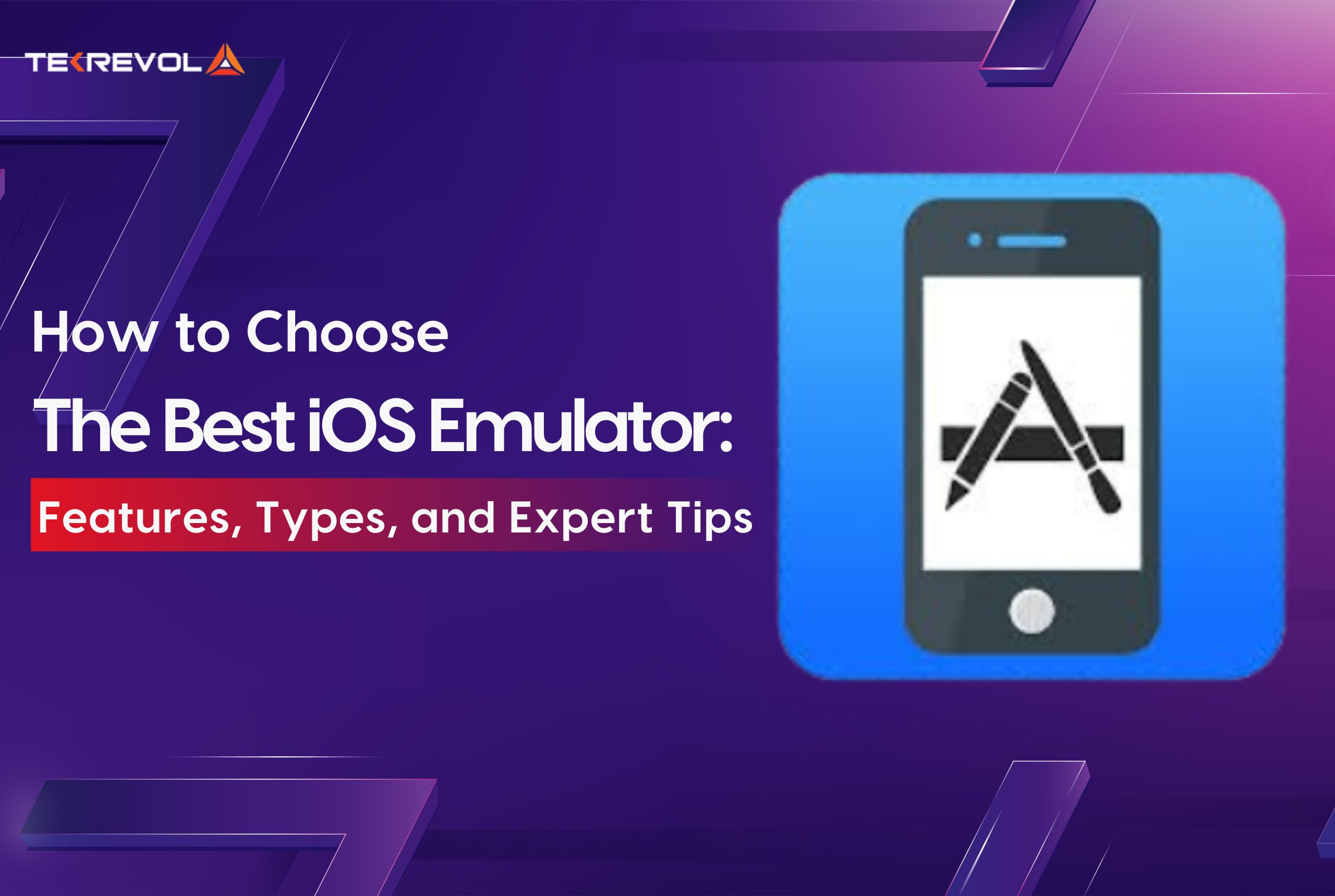Every day you delay, another shopping app takes your potential customers. If you ever scroll through Temu and think, “Seriously, how did they blow up this fast?”
In just two years, it amassed over 80 million active users in the U.S. and billions in global sales, proving that with the right formula, an e-commerce app can gain popularity almost overnight.
Temu’s a huge success story, and it proves there’s still a ton of opportunity in the e-commerce world. Here’s what most people don’t realize: Temu didn’t just stumble into success. They nailed their market fit, kept prices irresistibly low, personalized every click, and built tech that could handle explosive growth.
If your goal is to create an app like Temu that doesn’t just “exist” but dominates, this guide will walk you through exactly what it takes to build an app like Temu, from core features and tech stack to growth strategies that can rival even the biggest players. But first, understand Temu’s concept and how they’re redefining online shopping.
About the Temu App
Temu is the online shopping platform everyone’s been talking about. It’s a digital treasure hunt, clothes, gadgets, house things, beauty products, you name it, and all for prices that leave you thinking, “Wait, how come it’s this inexpensive?” It’s operated by PDD Holdings, the same firm that operates China’s e-commerce giant Pinduoduo, but Temu is squarely focused on U.S. consumers (and now internationally too).
It’s sort of like Amazon’s playful, deal-finding little sibling, without the two-day Prime shipping, but with prices that usually make waiting worthwhile.
How Temu Became a Global Shopping Sensation? The Strategic Moves
Temu was the result of deliberate and supported plans and techniques, not just chance, that helped it to grow exponentially and reach millions of people into the eCommerce market.
- Ultra-competitive prices: Temu purchases in bulk at wholesale prices, which translate to over 50– 80 percent less than standard stores, directly from brands mainly based in China rather than intermediaries.
- Giant click-to-home warehouse: With millions of SKUs in fashion, electronics, home, beauty, and much more, Temu is one global market differentiating ease, efficiency, and convenience.
- Gamified shopping experience: Spin-to-win, referrals, check-ins, flash sales, and others encourage customers to spend much longer on the site than they originally would when simply browsing.
- AI-made personalization: High-level AI algorithms can analyse the behaviour of the user on the fly, thereby recommending extremely relevant products, raising conversion rates.
- Efficient logistics network: Leveraging the cross-border shipping efficiencies and supply chain expertise of PDD Holdings, Temu has been capable of ensuring a rate of delivery that is as rapid as competitors, in a localized format, although operating internationally
Prior to creating your own ecommerce shopping app, it is wise to know of these pillars and their connection to each other in order that other entrepreneurs may copy them and, hopefully, be equally successful.
Statistical insights on why Shopping Apps like Temu are Thriving
With apps like Temu proving that people will shop anywhere, anytime, the numbers behind mobile commerce are too big to ignore. If you’ve been waiting for the “right moment” to get into mobile commerce, the numbers make it crystal clear that the moment is now.
- If we look at the stats, over 80% of people purchase products through their smartphone devices. In 2022 alone, the US had 268 million online shoppers; by 2025, this number is expected to reach 285 million.
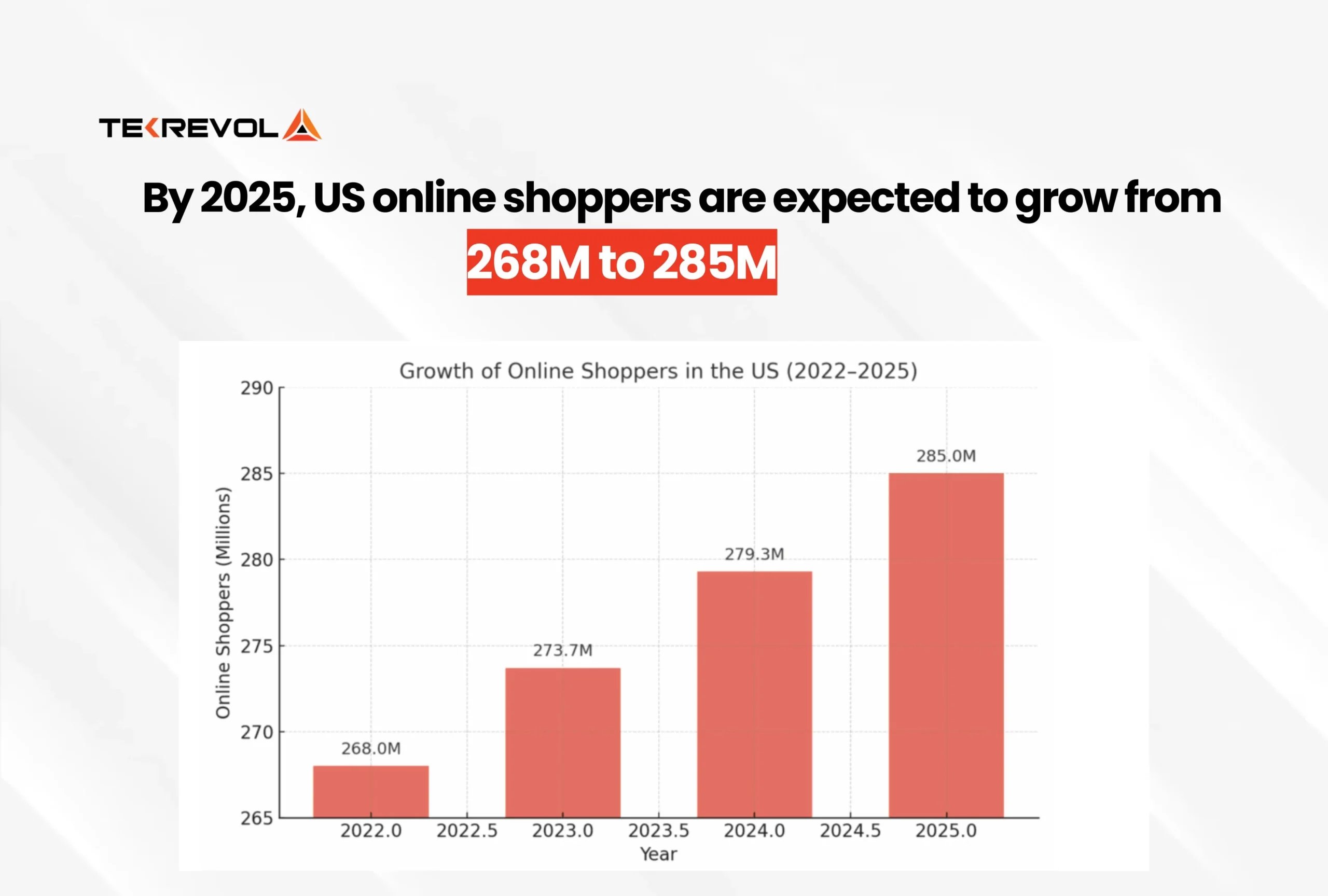
- The mobile shopping market is on track to skyrocket from $420.2 billion in 2023 to a staggering $1,709.6 billion by 2028, growing at a jaw-dropping 32.4% annually. That’s not just growth, that’s a gold rush.
- From a revenue perspective, the opportunity is massive. The global e-commerce market is valued at $6.3 trillion in 2023 and is set to hit $8.1 trillion by 2026.
Looking to create a Temu-style app with a unique twist?
Partner with us to build a scalable shopping app designed for long-term success.
Start Your Project!Inside Temu’s Business Model: The Secret Behind Temu’s Low-Cost Shopping Model
For all its “ultra-cheap deals” reputation, Temu operates on a diversified stream of revenue meant for scale:

Seller Commissions
Temu makes merchants pay a percentage on each sale. While the commission rate is fairly low in comparison with peers, the sheer volume of transactions makes it a significant revenue source.
In-App Advertising
Similar to Amazon’s marketplace advertisements or Shein’s promotional sections, merchants can pay for front-and-center exposure through sponsored listings, highlighted banners, and targeted ad placement.
Shipping & Fulfillment Services
Though most postings promote free shipping, Temu capitalizes on expedited shipping fees and bulk order charges. It also provides warehousing and logistics services to merchants, making extra money.
Data-Driven Monetization
Temu’s AI-driven platform gathers shopper behavior data in-depth, making product suggestions better and allowing for very targeted ad campaigns on which sellers will pay a premium to advertise.
Affiliate & Referral Incentives
With influencer partnerships and referral programs, Temu effectively uses customers as a salesforce that propels viral growth by offering incentives to users who refer new clients.
Premium Seller Tools
With Temu’s growth worldwide, it provides local vendors with paid access to premium analytics, storage of inventory, and expedited delivery options.
Import Duty Advantage
Temu uses the de minimis rule to avoid U.S. import duties by restricting shipments to less than $800, protecting margins, and retaining consumer savings.
Here, we’re listing the essential steps you need to follow to create a shopping app like Temu that not only attracts users but keeps them coming back.
Step 1: Lay the Foundation with Research & Strategy
Every great shopping app starts with a strong foundation. You need to understand and be clear on why your program exists and who it is going to be written for before you even line of code. Ask yourself:
- What benefits do users get from my app?
- How is it going to cope with an overcrowded market?
- What is my medium to long-term growth plan?
Do Market research: Observe your competitors, Temu, Shein, Amazon, and others at the top, not to imitate them, but to see what’s working and where users get stuck. Check customer feedback, app store comments, and trending product categories to find opportunities that others may not be seeing.
Step 2: Define the Core Building Blocks
This step is akin to creating the “skeleton” of your app, the absolute must-haves that keep everything intact.
Key elements to pin down:
- Domain & Branding: Select a sticky, brand-relevant domain and get your brand identity to feel cohesive across channels.
- Shopping Cart System: Pick a cart with support for multi-product variations, multiple currencies, and a smooth purchase process.
- Safe Payment Gate: It is better to set up trusted payment gateways like PayPal or Stripe, or Razorpay, and also, provide the local payment wallets to reach the global audience.
- Inventory Management Tools: Monitoring of inventory in real time, low stock alert, and sales information so that overselling and missing sales are avoided.
Step 3: Core Feature Development
At this stage, focus on building the must-have features of your shopping apps:
| Feature | Why it’s Necessary |
| Customer Registration | Allows users to sign up via email, phone, or social media. |
| Marketplace | Enables direct interaction with sellers/manufacturers. |
| Wishlist | Let users save their favorite products for later. |
| Order Tracking | Updates users with order status (packed, shipped, delivered). |
| Personalized Recommendations | Improves user experience with AI-driven suggestions. |
| Multi-Language Support | Expands app accessibility globally. |
| Return & Refund | Builds customer trust with easy return policies. |
| Order History | Allows users to reorder items with one click. |
| Payment Methods | Provides flexibility with PayPal, cards, and wallets. |
| Rewards & Discounts | Encourages customer loyalty and repeat purchases. |
Step 4: Create a Winning UI/UX Design
Your design is about how customers feel when they make a purchase, not only looks. A clear, easy interface can turn a single visitor into a devoted client.
Optimal techniques for design achievement:
- Consistency is paramount; utilize the brand’s tone of voice, fonts, and hues throughout.
- Use classified menus, sticky search bars, and filters to help customers find products fast.
- Sharp photos with zoom, multiple perspectives, and even video presentations if practical. Use pictures of great quality.
Most of your customers shop on their phones. That’s why speed and responsiveness are a must with mobile-first optimization.
Step 5: Building on the Right Technology Foundation
Think of your shopping app as a skyscraper; the stability of it comes from the foundation you lay. Selecting the tools that are not scalable or evolved may lead to performance issues and expensive rework in the future.
This is how to build a sustainable tech base:
- Frontend: Leverage Flutter or React Native for cross-platform optimization, or Swift/Kotlin for optimal performance on native apps.
- Backend: Choose Node.js, Django, or Laravel to drive your app’s core functionality, authentication, and APIs.
- Database: Choose PostgreSQL, MySQL, or MongoDB to manage product catalogs, user information, and orders efficiently.
- Cloud & Hosting: AWS, Firebase, or Google Cloud provide you with scalability and worldwide reliability.
- Engagement Tools: Leverage Firebase, OneSignal, or Mixpanel for notifications and analytics.
Step 6: Building Blueprints into a Functional App
After your foundation is established, it’s time to turn your app into reality. Development is where your idea, design, and strategy come together for the first time as a product that customers can use.
Instead of trying to develop a perfect application at first instance, be smart:
- Begin with MVP (Minimum Viable Product), launch with the core features, i.e, login, catalog, search, inventory sync, checkouts, and payments as the most significant features.
- Focus on seamless merging of the front-end (what is seen by the consumers) and back-end (what makes it possible).
- Add key systems like the order management, safe payments, as well as real-time stock.
When your MVP gains momentum, it is time to build in advanced features, gamification, recommendation based on AI, loyalty services, etc. This phased development makes sure that you size up sustainability and do not burn resources prematurely.
Step 7: Test Relentlessly Before You Launch
A shopping app is only as good as the experience it provides. An occasional crash or failed payment can chase a user away for a lifetime. Hence, testing and QA never sit easily on the list of priorities, but directly influence life or death for an app.
This is what you need to test:
- Functional Testing: Does the feature behave properly (search, add to cart, checkout, payments), as intended?
- Usability Testing: Is the app user-friendly? Will users get confused and lost in the shopping process?
- Security Testing: Transactions, user credentials, and data that is stored are safe, at all levels, against threats?
- Compatibility Testing: Whether your app work with the device, screen size, and the OS?
Tip: Don’t leave it up to chance. Do a beta test and test with real users, get their feedback, and fix issues before the release.
Step 8: Launch With Strategy, Not Just Hope
Once you have ironed out the wrinkles, it’s time to put your app in front of people. But this is not sufficient; you require a launch strategy for posting on the App Store or the Google Play Store. This may be done best as follows:
App Store Readiness
- Your app needs to be Apple & Google compliant.
- Have polished assets: screenshots, preview videos, a strong description, and keyword-optimized.
- Leverage App Store Optimization (ASO) for enhanced discoverability.
Marketing Push
- Important performance indicators such as downloads, active users, sessions, and conversion rates must be tracked.
- Receive user feedback directly as part of reviews, in-app surveys, and support requests.
- Use of targeted social advertising to court the early life adopters.
Post-Launch Tracking
- Key performance indicators like downloads, active users, session duration, and conversion rates are monitored.
- Obtain user input actively via reviews, in-app surveys, and support requests.
- Deploy rapid updates to patch problems and include improvements.
Online retail is shaping the future of business. Will you lead or follow?
Partner with TekRevol to build your scalable eCommerce shopping app like Temu
Book A FREE Consultation now!Scalable App Development: The Key to eCommerce Expansion
A scalable mobile app is crucial for success in the rapidly evolving field of e-commerce. Rising traffic, user numbers, and product growth may be easily handled by a scalable app. Consider these significant components while developing scalable apps:
Cloud-Based Solutions
Cloud infrastructure must be employed to attain scalability. Microsoft Azure, Google Cloud Platform (GCP), and Amazon Web Services (AWS) Mobile apps provide scalable, flexible resources. They are easily adaptable to traffic pattern changes, even in peak time, to ensure that the user experience is perfect.
Managing Databases
For apps to store and analyze growing consumer and product data, database management is absolutely vital.Choose a horizontally scalable database able of handling very large amounts of data.While relational databases like MySQL or PostgreSQL are best for structured data, NoSQL databases like MongoDB or Cassandra fit unstructured data best.
Performance Optimization
E-commerce app optimization is crucial to remain relevant and offer a pleasing shopping experience. Consider these suggested habits:
- Reduce load times by lighter app builds, image optimisation, and caching techniques.
- Through extensive testing and debugging, lower app crashes
- Use CDNs to increase efficiency and reduce latency.
- Employ asynchronous programming to keep programs quick and responsive.
Temu App Cost: What It Takes to Build a Similar Shopping App
Developing an online shopping application like Temu costs anything from $25,000 to $250,000.Of course, the design will influence the price, but also the intricacy of the app and the capabilities you want. Here’s an overview of the budget:
| App Type | Estimated Cost | Development Timeline | Key Features |
| Basic Shopping App | $25,000 – $80,000 | 2 – 5 months | Product listings, search, cart, basic checkout |
| Mid-Tier Shopping App | $85,000 – $150,000 | 5 – 9 months | Advanced filters, secure payments, order tracking, and user profiles |
| Advanced Shopping App | $150,000– $250,000 + | 9+ months | AI recommendations, multi-vendor support, loyalty programs, and real-time analytics |
Want to know the real Temu app cost for your project?
Provide your project details and we’ll prepare a personalized pricing quote for you, or use our cost calculator.
Calculate Now!10 Popular Shopping Apps Similar to Temu
In the e-commerce industry, there are numerous applications that are altering how customers shop online. Though Temu has become very well-known, several other sites are also growing. If you’re planning to develop an app like Temu, investigating these ones could give you invaluable perspectives on user expectations, capabilities, and features.
Below, we’ve listed the other apps like Temu:
| App Name | Launch Year | Downloads | Key Highlight |
| AliExpress | 2010 | 500M+ | Wide range of global sellers with budget-friendly products. |
| Wish | 2010 | 100M+ | Known for discounted products and flash deals. |
| Romwe | 2010 | 100M+ | Popular among Gen Z for trendy and affordable fashion. |
| Shein | 2008 | 500M+ | Fashion giant offering fast fashion at low prices. |
| Joom | 2016 | 100M+ | Focuses on a smooth shopping experience and deals. |
| Carvana | 2010 | 10M+ | Specializes in online car buying and selling. |
| Lazada | 2012 | 100M+ | Leading Southeast Asian e-commerce platform. |
| Vova | 2019 | 50M+ | Affordable shopping app with global shipping. |
| LightInTheBox | 2007 | 50M+ | Offers fashion, gadgets, and lifestyle products. |
| Banggood | 2006 | 50M+ | Known for electronics and innovative gadgets. |
Partner with TekRevol To Build an App Like Temu
Building a shopping app like Temu calls for more than just an idea; it calls for a team that knows how to make it real. At TekRevol, that is precisely what we do.
We have assisted companies and startups in releasing effective apps that not only have a beautiful look but also scale with their user base. As a leading eCommerce app development company, we don’t just focus on coding; we focus on creating an entire shopping experience that keeps customers coming back.
Here’s how we make it happen:
- We guide you from day one and stay with you every step of the process, from generating ideas to perfecting your app plan.
- We design for people, not just screens. Our UI/UX team ensures your application feels natural, engaging, and user-friendly.
- We build smart and scalable tech. Standard features include AI-based recommendations, safe payments, and effortless navigation.
- We don’t disappear after launch. With ongoing support and updates, we ensure your app stays ready and reliable.
We approach your project at TekRevol as though it were ours. We’re here to help you bring your ideas to life, whether you’re envisioning a large-scale shopping app or a full-featured marketplace app.
Build Your Temu-Like App With TekRevol
Our experts guide you through strategy, design, and development to bring your idea to life.
Start Building Today!
